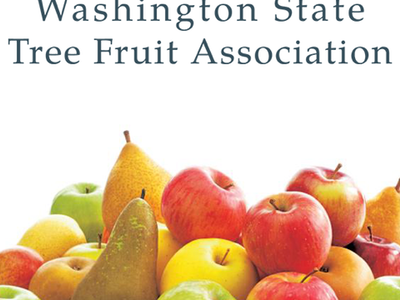NWTF Research
The NWTF invests in an all-encompassing Iowa wild turkey research project that seeks to identify how predation may inform the broader understanding of turkey nesting habitat needs.
One of the primary areas of concern among hunters, landowners and many others who care deeply about the wild turkey is the effect predators have on the bird’s presence on the landscape.
While many predators no doubt eat wild turkeys and ransack their nests, the birds have co-evolved with predators and are experts at evading them (hunters know this all too well), especially when the bird’s habitat needs are being met.
This begs the question, though, what is impacting the wild turkey population to a higher degree: increased predators or lack of sufficient habitat to avoid becoming prey? Or both?
This question is at the heart of a comprehensive wild turkey research study in southeastern Iowa – where there is no shortage of predators and the five-year poult-to-hen ratio averages 1.9, indicating the population is in decline. The ongoing project is being conducted by the Iowa Department of Natural Resources, Luther College and the USDA Animal and Plant Health Inspection Service. The NWTF Iowa State Chapter is providing funding for the project, and the NWTF also invested in this project as part of its 2023 investment in wild turkey research.
IDNR initiated the 10-year research project two years ago in the southeastern part of the Hawkeye State to investigate the factors driving declines in poult production and hen survival, as well as update and improve the understanding of other wild turkey ecology data, including how habitat quality correlates to the rate of nest predation, female demographic rates, disease prevalence, resource selection, movement behavior and more.














